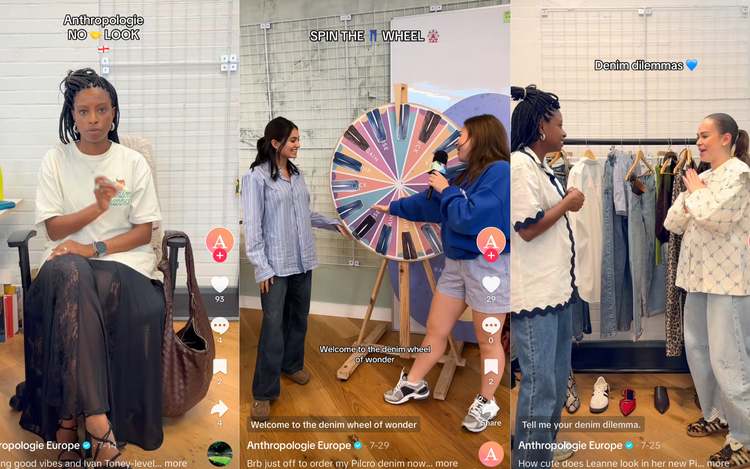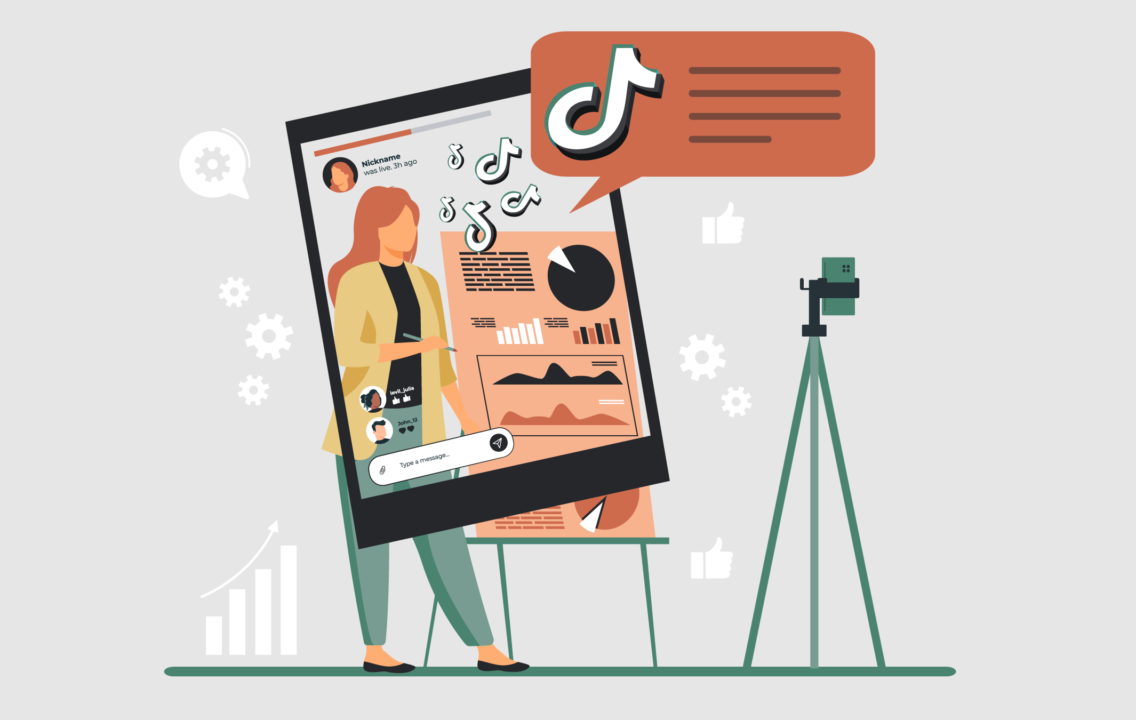Top 3 Social Media Trends for 2025: Bite-Sized Videos, Engaging Edu-tainment and AI in Action
Social media platforms are in for a transformative year in 2025 with trends that reflect evolving consumer behavior and technological advancements. Major platforms (e.g. Instagram, Tiktok, Youtube…) are prioritizing short-form video content, harnessing its ability to capture attention quickly and generate high engagement as a result of algorithmic selection. The rise of ‘edu-tainment’ is another trend to look out for—content that educates while entertaining with skits, memes and relatable scenarios. This up and coming genre is reshaping how value is delivered in constantly scrolling feeds. Finally, AI integration has been promoted from novelty to necessity, revolutionizing content creation, editing and strategy development. These trends collectively focus on a more dynamic, user-centered digital landscape, where creativity and technology cross paths more than ever before.
Prioritizing Short-Form Video Content
Short-form video content is dominating social media for several reasons: it caters to users’ increasingly shorter attention spans, provides an easily shareable format and it aligns with social media platforms’ algorithm. These videos not only perform well but also offer a canvas for authentic storytelling. This format encourages brands to prioritize creativity and relatability; by ditching rigid brand consistency, businesses can push creative boundaries that resonate with fast paced, trend-savvy audiences. The shift in connotation for ‘going viral’ is evident in the cautious approach brands are taking now; the potential for “dogpiling” (negative viral backlash) is leading businesses to focus on organic, positive engagement over mass visibility. According to a report by Integral Ad Science for Digital Media in 2025, 82% of internet traffic will be video by 2025, a majority of which will be short-form (2025 Industry Pulse Report). The preference for video content continues to grow driven by its engaging nature.
CASE STUDY: EMPLOYEE GENERATED CONTENT (EGC) ON THE RISE
Natural integration of content—featuring employee-generated content (EGC) or authentic, real people over influencers—fits seamlessly into the short-form video format. Viewers prefer relatable faces and genuine storytelling, which feel more personal and trustworthy, particularly in “bite-sized” videos. Anthropologie leverages EGC to create authentic narratives on platforms like Instagram and Tiktok, where they showcase behind-the-scenes moments, staff contributions, and real-life applications of their products.
Image by Pretty Little Marketer
The Rise of ‘Edu-cainment’
"Educainment" is an emerging trend on social media that combines education and entertainment, capturing audiences with content that informs while keeping them engaged. This trend thrives because it aligns with evolving user behaviors—social media users increasingly seek valuable content that delivers quick knowledge without disrupting their scrolling. By incorporating humor, skits, or scenarios, ‘educainment’ provides digestible insights in a highly relatable format, making it not only shareable but also impactful for retaining attention in an oversaturated digital landscape.
CASE STUDY: TIKTOK’S #LEARNONTIKTOK INITIATIVE
The #LearnOnTikTok initiative demonstrates TikTok's role as a leader in "educainment," blending educational content with engaging, short-form video formats. By 2025, this trend is expected to evolve with AI-driven feed personalization and collaborative learning. Creators like Dan Mirea (@danniesbrain) exemplify this movement by breaking down complex topics into entertaining, easy-to-understand videos, showcasing how social media can make learning both accessible and fun. With billions of views and creator partnerships, #LearnOnTikTok continues to redefine how social media delivers engaging education and entertainment.
Image by Interintellect
AI in Action
As Hootsuite stated in its predictions for top social media trends for 2025, AI is now “off probation and officially on the team”. AI tools in social media marketing are shaping content creation, strategy, and customer engagement. From automating text and image editing to generating new ideas and personalizing content at scale, AI is enhancing efficiency and creativity, making social campaigns more dynamic and data-driven. As AI continues to evolve, brands will lean more on these tools to optimize their social media strategies, adapting to rapidly shifting user behaviors and market demands.
CASE STUDY: “MEET THE NEW NOTION AI”
Notion is a powerful productivity tool that integrates notes, tasks, calendars and databases into a single, customizable platform. Its new AI features—search, generate, analyze, and chat—enhance social media marketing for 2025 by streamlining content creation, offering data insights, and improving content strategy, all in one place. Marketers can use these tools to quickly generate text, optimize engagement, and track performance, making their workflows more efficient.
Image by Notion
As we move into 2025, social media platforms are set to embrace more dynamic and user-centered trends, from short-form video content to the rise of edu-tainment and AI integration. However, it’s important to remember that trends come and go, often shaped by cultural phenomena, global events, and shifts in user behavior. While we can predict certain trends based on current patterns, the way these elements will evolve and how brands respond will influence upcoming campaigns, content strategies, and overall digital marketing output. By looking at the trends shaping the present, brands can lay a strong foundation for success in the coming year, adapting to a rapidly changing social media landscape.
If you're looking to elevate your brand through strategic social media marketing, contact Roseway Collective today to see how we can help you make an impact together!





